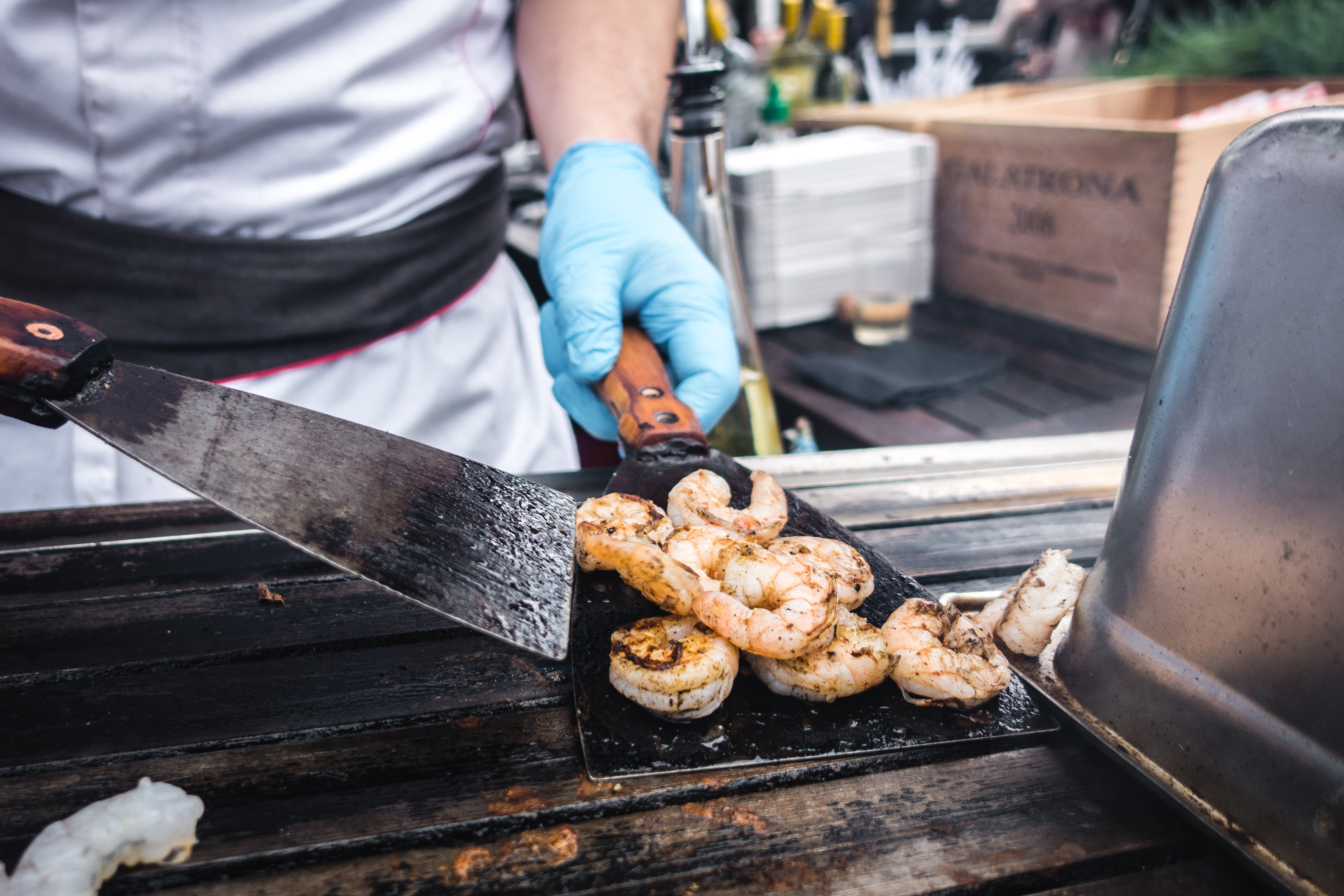Three Ways Senior Leadership Can Influence Food Safety Culture
3 Min Read By Doug Sutton
Meeting financial goals, leading innovation, building brand, creating operational consistency… the responsibilities of a senior leader are unending, and all equally important to a business’s long-term sustainability and growth. As a senior leader in the restaurant and foodservice industry, you must juggle another important priority — food safety.
Don’t worry, you don’t have to carry the torch for food safety alone, but you do have a responsibility to instill it as an inherent part of your organization’s culture, prioritizing it with equal importance to the other success indicators like financials and productivity.
Beyond the influence of senior leadership on a corporate scale, executives should play a role in getting employees at all levels engaged in food safety as a critical part of the day-to-day operations. Whether you are ready to make a large organizational shift to prioritize food safety, or you are looking to reinforce your existing commitment to food safety, there are three key opportunities at the senior level where you can make a big impact on creating a food safety culture — organizational culture, resourcing, and accountability.
Organizational Culture
A CultureIQ survey highlighting lessons from organizations with top cultures correlates good leadership with strong organizational cultures. Ninety-three percent of those surveyed from organizational cultures that were determined to be successful reported having the resources and guidance they needed to be successful, and felt confident in company leadership, while only 73 percent of those in unsuccessful cultures reported the same.

Building a strong organizational culture focused on food safety starts with you. Here’s what you can do to incorporate food safety into your organization’s culture:
- Include it in the brand’s mission statement, vision, core values and business goals.
- Report on it in every business update.
- Present employees who exemplify and uphold the highest standards of food safety with an annual food safety award.
Accountability
At the end of the day, senior leaders are the ones who will be held accountable for the business decisions that impact their brands, employees, and customers. That means streamlining food safety operations and holding everyone across the organization accountable to them is essential as responsibilities move up the chain.
You can take steps to drive organization-wide ownership by putting the following accountability measures in place:
- Model the proper behaviors and expectations yourself. Visiting one of your brand locations? Be sure to demonstrate proper handwashing techniques.
- Regularly and consistently communicate to your reports about the importance of food safety to mitigate risk and drive store growth. Set the rhythm by beginning every meeting with a food safety topic or reminder, and encourage all of your leaders to do the same.

Set expectations by:
- Including food safety standards in standard operating procedures (SOPs).
- Including requirements in job descriptions (completion of required training commitment to not working while sick, etc.).
- Setting key performance indicators (KPIs) for successful food safety operations.
- Assessing adherence to food safety standards in employee performance reviews.
- Have area managers reinforce expectations when they visit locations.
- Create a platform for shared accountability to bring problems to the forefront and develop solutions.
Resourcing
Senior leadership must be prepared to properly resource the initiatives that will support their teams in meeting expectations for food safety. You can do this by:
- Making a dedicated commitment to improvements, innovations, technologies, training, and communications that lend to enhanced food safety measures. Are you seeing repeat offenses of one specific food safety requirement? Dedicate the right resources to identify the source of the problem and find a solution. If it’s human error, retrain your team; if there’s an opportunity to eliminate human error, dedicate resources to find innovative solutions.
- Hiring personnel charged with supporting and executing on these commitments.
- Establishing budgets to support food safety operations and programs including compliance, remediation, and recognition programs.
Introducing new initiatives and organizational changes can be challenging, but senior leadership plays a big role in getting it right. Management consulting company McKinsey & Company found the greatest impact on a major change effort’s outcome is clear, organization-wide ownership of and commitment to change across all levels of an organization, followed by prioritizing changes, sufficient resources, and accountability. From the top-down, you can help put the right culture, accountability measures, and resources in place to build a successful food safety culture.


